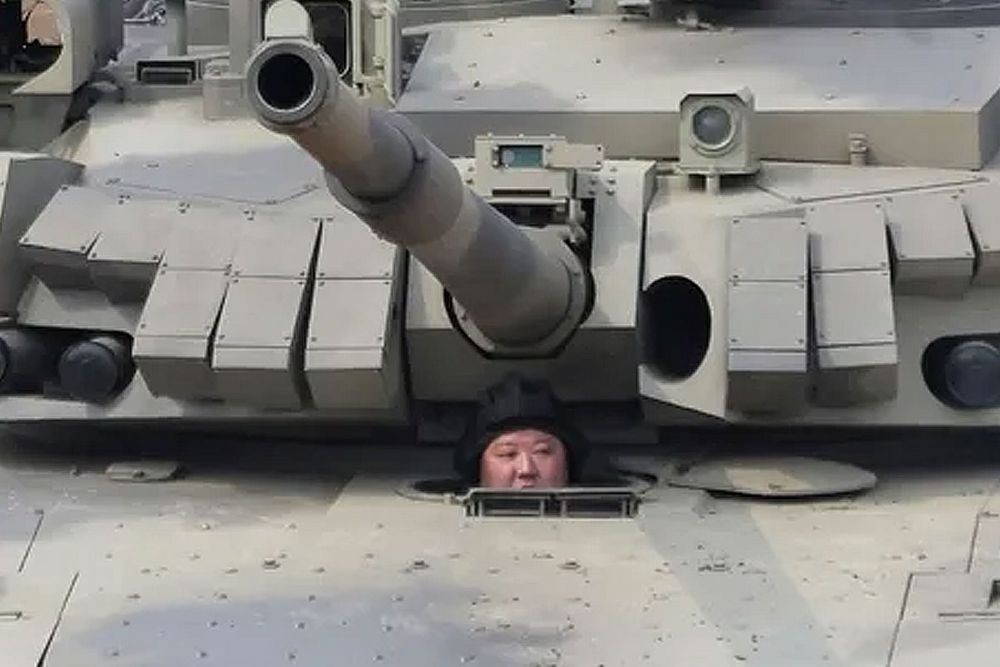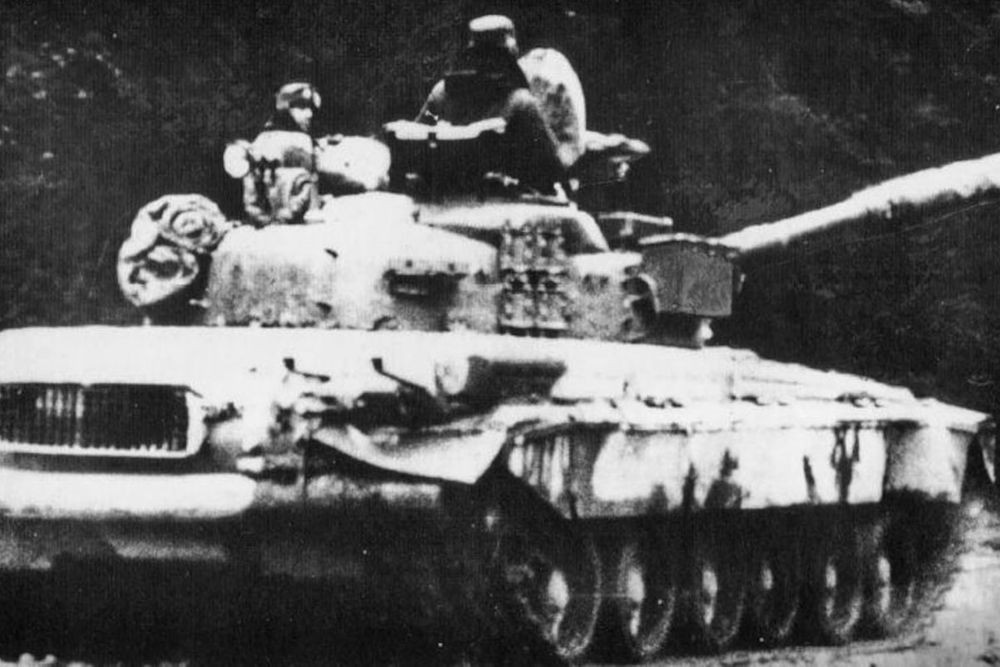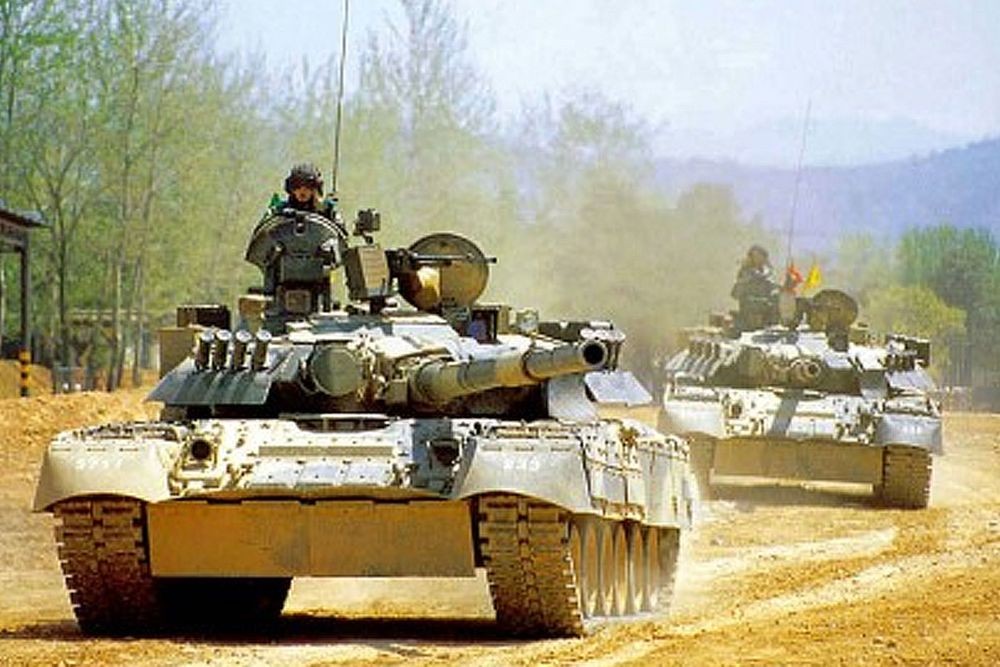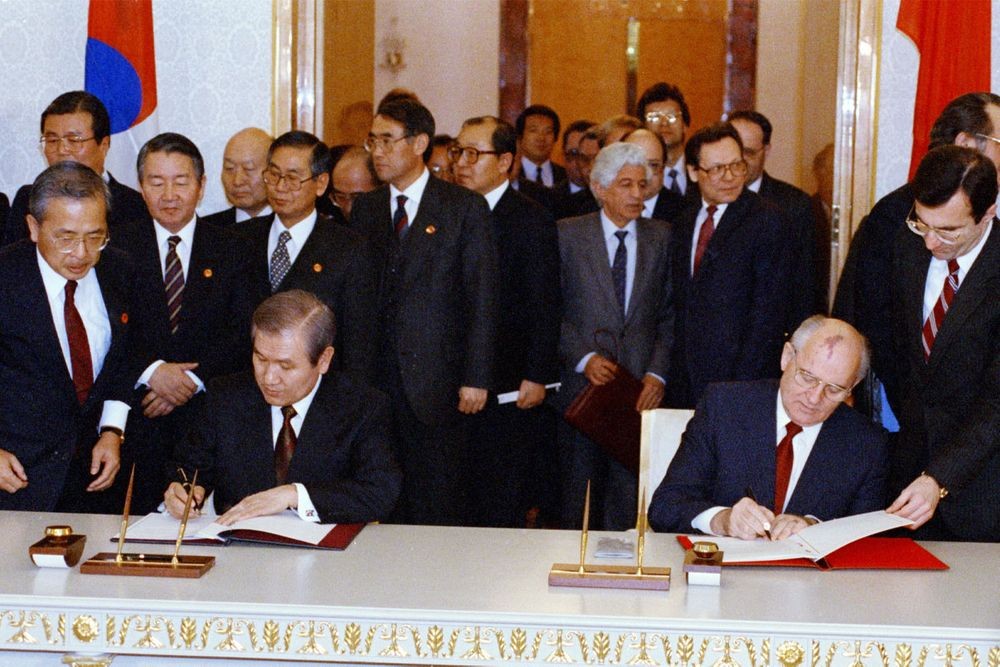North Korea’s New Battle Tanks: Borrowing Russian Technology
Russia’s T-80U tank
Imported in 1995 under the Bear Project
Imported non-export model

North Korea recently unveiled a new tank model, sparking interest in the existence of a Russian-made tank in South Korea, which is not present in North Korea.
North Korea unveiled the new tank model at the 75th anniversary of founding the Workers’ Party of Korea in 2020. The official name of this new tank has not yet been released. It is believed to be an upgraded version of the Iranian Zulfiqar-3 tank’s body, turret, reactive armor design, and the North Korean Songun-Ho tank’s armament system, with the addition of the advanced design concept of the Russian T-14 tank.
This case shows North Korea’s rapid tank technology development in terms of design and completion compared to the existing Songun-Ho tank.

North Korea appears to have succeeded in developing the tank with the help of Russia. Russia, a country that has been focusing on tank development, is known to have a technical prowess that is second to none. As North Korea is making efforts to emulate this technology by importing many Russian military weapons, there is a growing interest in the Russian T-80U tank, which the North Korean military has not been able to import.
South Korea was the first country to import the Russian T-80U tank in 1995. The T-80U tank was Russia’s main tank at the time, and it was a piece of state-of-the-art equipment that even Russia, the developer, could only introduce about 400 units. It was exceptional that it was imported into South Korea.
Even though the Cold War had ended, Russia’s latest tank being exported to an ally of the United States without any sanctions was an unprecedented major event. South Korea disassembled the tank immediately after its introduction to study its performance.
South Korea was able to import the T-80U tank because Russia was experiencing severe economic difficulties at the time.

After the end of World War II, South Korea provided a line of credit to the Soviet Union, but after the collapse of the Soviet Union, Russia, which inherited this, was unable to repay the line of credit due to economic difficulties. During the Roh Tae Woo administration, Russia agreed to repay the line of credit with defense industry materials instead of cash. As part of the Bear Project, South Korea imported the T-80U tank.
During the Roh Tae Woo administration, as a result of the first Bear Project, a large number of Russian weapons, including the BMP-3 armored vehicle and the 9K115-2 Metis-M anti-tank missile, were introduced. At this time, it is known that about 30 T-80U tanks were also imported into the country.
The T-80, the original model of the Russian T-80U tank, first appeared in 1976. At the time, due to the peak of the Cold War, the tank’s performance was not disclosed. However, as the tank’s performance was revealed through acquired information, Western countries did not relax their vigilance to prepare for Russia’s attack. This is because it was revealed that the T-80 tank was an upgraded version of the T-64 tank.
The aforementioned T-64 tank, equipped with a 125mm smoothbore gun and powerful armor, boasted formidable firepower. Therefore, unlike other weapons, it was not exported and was reported to have been deployed only for the Soviet army. At the time, the T-64 tank’s firepower was formidable, but over time, it was discovered that its mechanical reliability was poor.

The T-80 tank, which was the origin of the T-80U tank imported into South Korea, is known to have been developed to improve the reliability of the T-64 tank. The T-80 tank is evaluated to have superior performance to the tanks of Western countries of the same period, with improved accuracy of the new firing control equipment, new armor, and a 1,000-horsepower gas turbine engine.
The Soviet side completely redesigned the turret of the T-80 tank, significantly improving its defense capability. It also developed the T-80U tank by improving the firing control equipment, etc., while experiencing the Middle East and Afghanistan wars.
The T-80U tank that came into South Korea was confirmed to have been imported as it was, as it was produced for the Russian army to use, as no export model was developed separately. Even the Russian advisory group, invited for technical advice at the time of introduction, was surprised that the tank was exported without any measures to prevent technology leakage. The case of importing the Russian tank as it is is unique to the T-80U tank in South Korea.
Also, this T-80U tank was brought in to research enemy equipment, and everything from machine guns to the crew’s helmets was brought in just as it was in Russia.

As mentioned earlier, the T-80U tank was brought in to research enemy equipment, so it has been operated only for research at mechanized schools immediately after its introduction. It was not used in actual operation because it has a similar appearance to North Korea’s tank, which has the disadvantage of having a problem with friendly identification in actual combat situations.
Tank soldiers who have experienced the T-80U tank are known to discuss its excellence. At 46 tons, it is the lightest of the third-generation tanks at 46 too. Its engine output is 1,250 horsepower, allowing it to quickly at a speed of 43.5 miles per hour.
The tank is equipped with an automatic reloading device that allows for quick reloading of shells even while shaking, and it can fire the 9M 119 anti-tank missile with a range of 3.1 miles, making it known to have excellent attack power.
Also, it is equipped with a pressure device and special armor that can block radiation, which is not available in the K1A1 tank so that it can continue operations even in NBC situations. The pressure device keeps the pressure inside slightly higher to prevent contaminated air from outside from entering, and it is designed to be deployed in a nuclear war situation.

The military authorities during the Roh Tae Woo administration seem to have been satisfied with the T-80U tank’s excellent performance and mechanical reliability. The fact that the T-80 UK tank, a command type, was introduced through the second Bear Project and deployed on the eastern front around 2005 shows how much trust the military authorities had in this tank.
Meanwhile, the new tank unveiled by the North Korean military is known to have a lower height and considerably longer length than the existing tank. These changes in appearance are speculated to reflect the technology of the latest foreign tanks to increase the survival rate.
The South Korean K2 tank, which is compared with North Korea’s new tank, is known to be able to ford up to 3.9 feet without fording equipment, and if equipped with a tower-shaped snorkel, it is designed to ford up to 13.8 feet.
This technology is known to have been developed based on the know-how acquired through the T-80U tank introduced in the late 1990s.















Most Commented